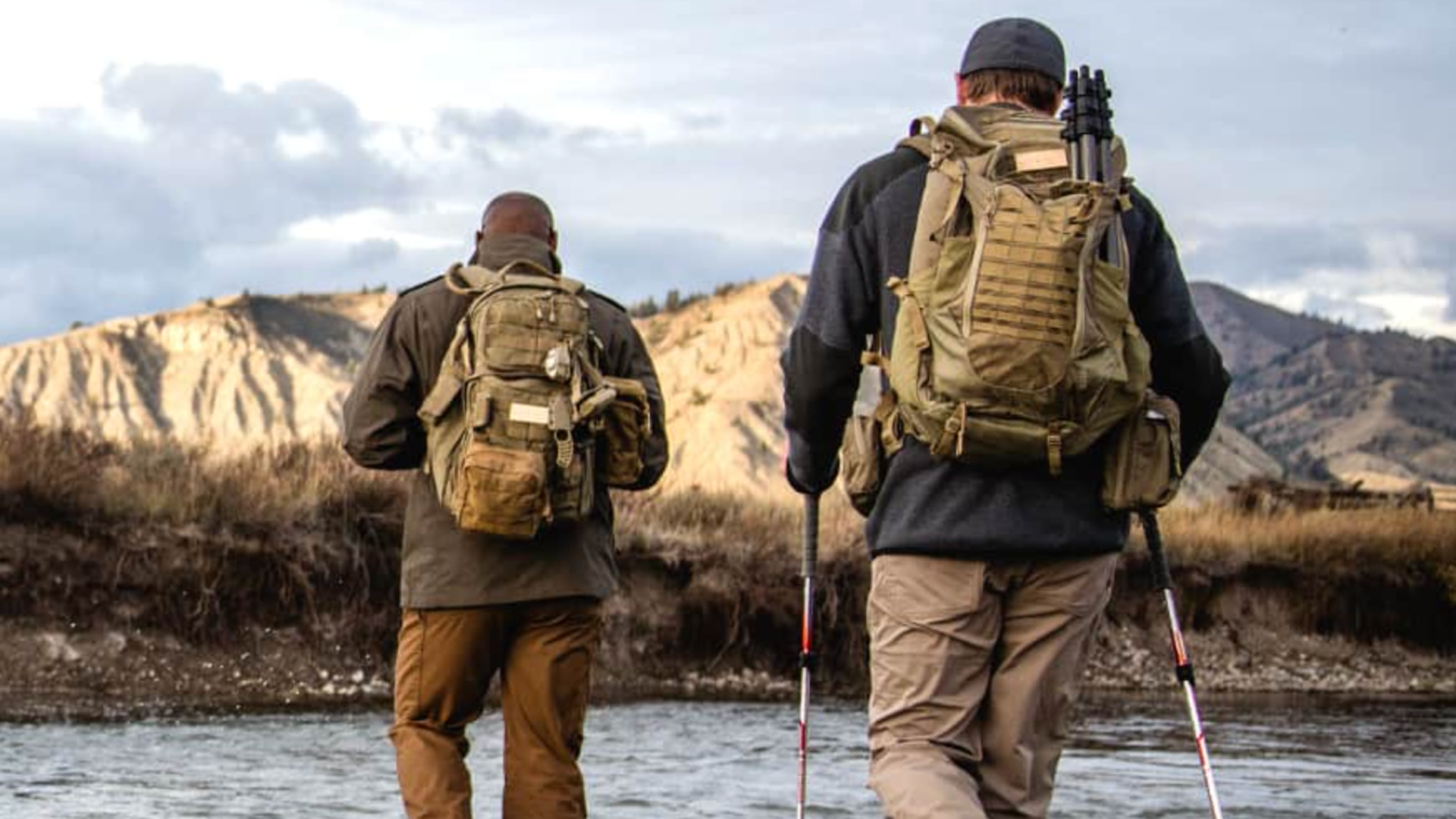
Packing a tactical backpack the right way is not just a skill; it’s an art form. Whether you’re an outdoor enthusiast going for a weekend hike or a professional soldier on a mission, the importance of organized gear cannot be overstated. Proper packing ensures that you can find what you need when you need it, without wasting precious time rummaging through your bag. It also helps you carry your load more comfortably and efficiently, reducing the risk of back strain or injury. In this guide, we’ll walk you through the steps to pack your tactical backpack like a pro, ensuring you’re well-prepared for whatever challenges come your way.
Table of Contents
Choosing the Right Tactical Backpack
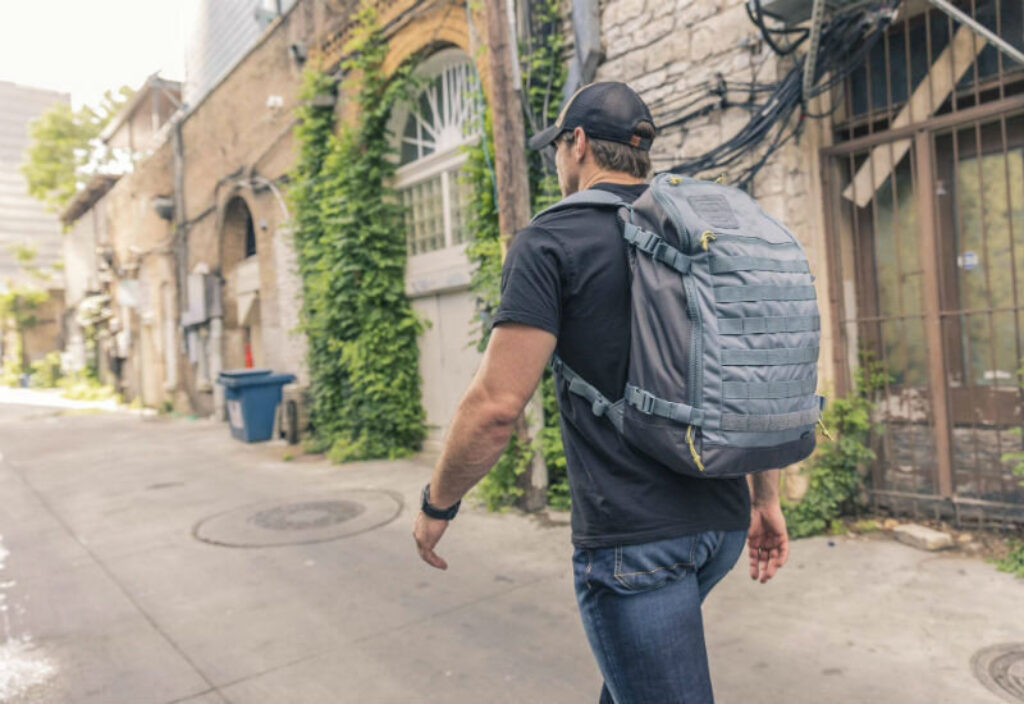
Source:pinterest.com
The first and most crucial step in your packing journey is selecting the right backpack. You need to consider three main factors: size, durability, and comfort. The size of the backpack should match your specific needs. For example, a three-day trip will require a different pack size than a one-day hike. Durability is also of paramount importance. Look for high-quality materials like ripstop nylon and strong, reliable zippers that won’t fail you in the field. Finally, comfort should never be compromised. Test the straps for adjustability, check for padded back support, and make sure the pack fits well on your body.
Making a Checklist
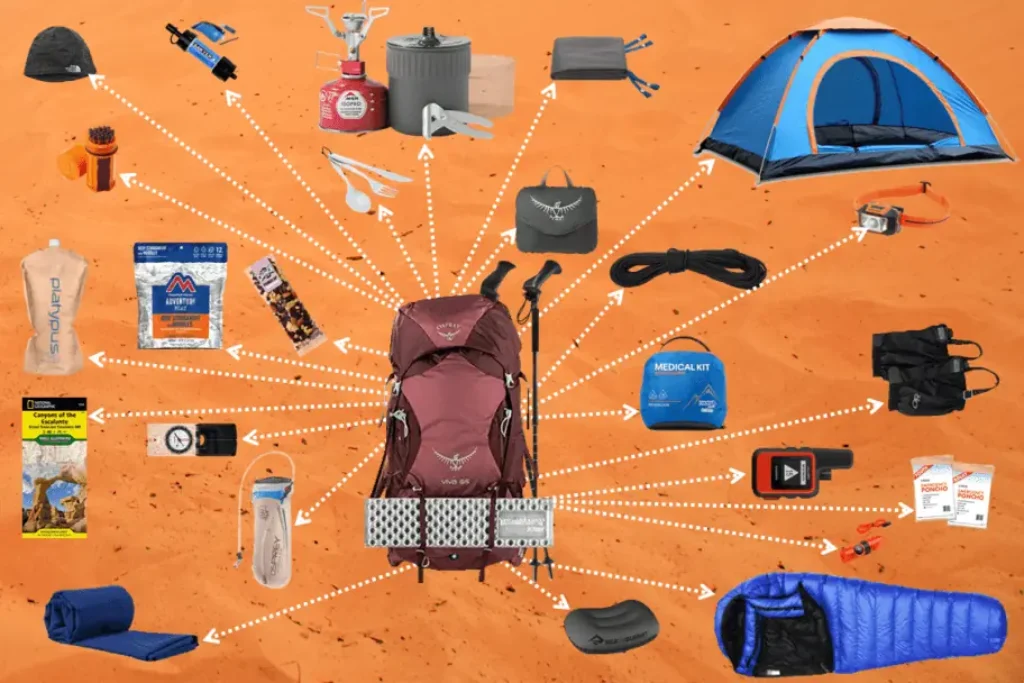
Source:pinterest.com
Before you even think about packing, make a comprehensive checklist. This simple yet effective tool ensures you won’t forget any essential items. Your list should include various categories like clothing, food, and tools. For clothing, make sure to consider the weather conditions you expect to encounter and pack accordingly. Food should ideally be non-perishable and easy to cook, like freeze-dried meals or energy bars. Tools are another must-have category; include items like a multi-tool, firestarter, and flashlight.
Prioritizing Essentials
Once you have all your gear laid out in front of you, the next step is to start prioritizing. Place the most essential items where you can easily reach them. This usually means packing them in the top compartment or external side pockets of your backpack. Items like your first aid kit, water filter, and map should be easily accessible. You don’t want to find yourself in a situation where you’re digging through your bag in an emergency. Think about what you’ll need most often or most urgently, and make sure those items are the easiest to get to. This simple step can make a significant difference in how efficiently you can navigate through your gear.
Categorizing Gear
Categorizing your gear into specific groups is a smart way to make your life easier when you’re out in the field. Group similar items into categories like shelter, first aid, and navigation. Shelter items would include your tent, sleeping bag, and any ground cover or tarp. Your first aid kit should have its own designated pouch or compartment, complete with all the necessary supplies like bandages, antiseptics, and medication. Navigation tools like your map, compass, and GPS should also be grouped together.
Properly Folding and Storing Clothes
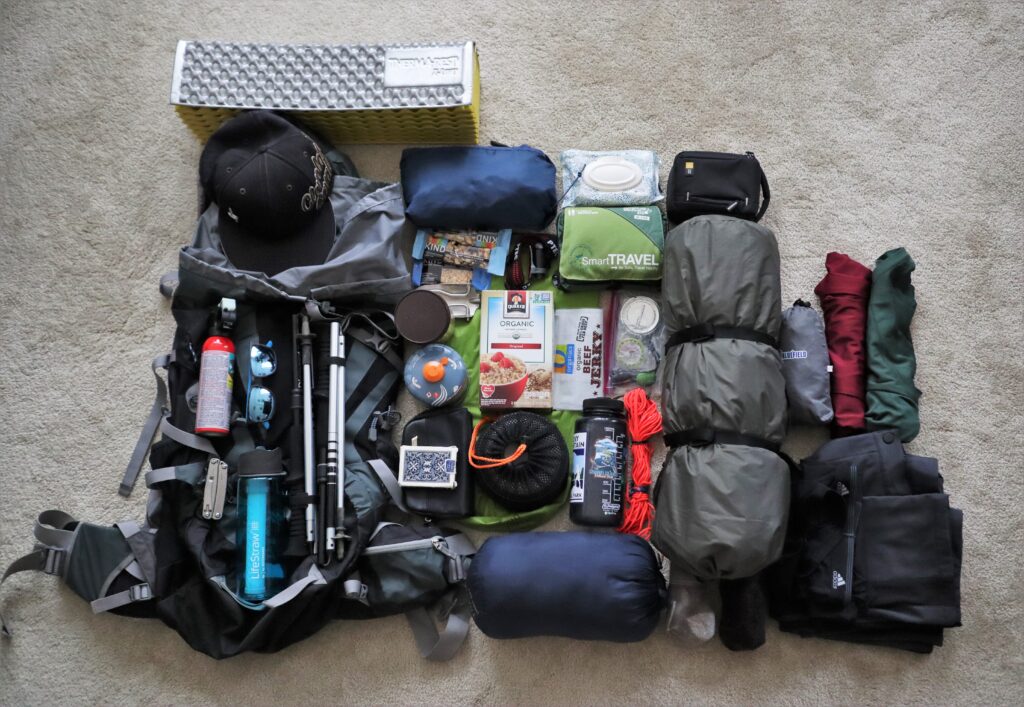
Source: pangolinswithpacks.com
When it comes to packing clothes, the way you fold them can make a significant difference in how much space you save. Fold your clothes as flat and compact as possible. Rolling your clothes is another effective technique that not only saves space but also makes it easier to see what you have packed. If you’re looking to save even more space, consider using compression bags. These bags can significantly reduce the volume of your clothing items, giving you more room for other essentials. Remember, the goal is to pack efficiently, not just to cram everything in.
Utilizing Organizational Pouches and Compartments
Most tactical backpacks come with a variety of pouches and compartments designed to help you organize your gear. Use these features to your advantage. Designate specific pouches for different categories of items. For instance, you could use one pouch for food, another for first aid, and yet another for tools. This way, you’ll know exactly where to reach when you need something. Additionally, many tactical backpacks feature MOLLE (Modular Lightweight Load-carrying Equipment) webbing, which allows you to attach extra pouches or gear externally.
Packing Food and Water
Food and water are among the most critical items in your tactical backpack. When packing food, opt for items that are non-perishable and easy to prepare, like canned goods or freeze-dried meals. Also, consider using vacuum-sealed bags to keep food fresh for longer periods. Water should be stored in a hydration bladder or durable water bottles. Make sure to pack enough water for your trip and have a way to purify more if needed, such as a portable water filter.
Managing Hygiene and First Aid
Hygiene and first aid are two categories you can’t afford to overlook. For hygiene, pack travel-sized items like toothpaste, soap, and sanitizers. Keep all these items in a separate, waterproof bag to prevent leaks. Your first aid kit should be comprehensive but compact, containing essentials like bandages, antiseptics, and basic medications. Place your hygiene and first aid items in an easily accessible compartment.
Securely Attaching External Gear
Some gear, like sleeping bags or tents, may not fit inside your backpack. In such cases, you’ll need to attach them externally. Most tactical backpacks come with straps or loops specifically designed for this purpose. Make sure to securely fasten these items to your pack to prevent them from getting lost or damaged. Double-check the attachments to ensure they’re not too loose or too tight, which could either result in losing the gear or tearing the fabric of your bag.
Weight Distribution and Balance
Proper weight distribution is crucial for comfort and mobility. Heavier items should go closer to your back and higher up in the pack. This helps keep the center of gravity close to your body, making it easier to carry the weight. Lighter items should fill the remaining space. Once your pack is full, adjust the straps to ensure the weight is evenly distributed across your shoulders and hips.
Final Check and Adjustments
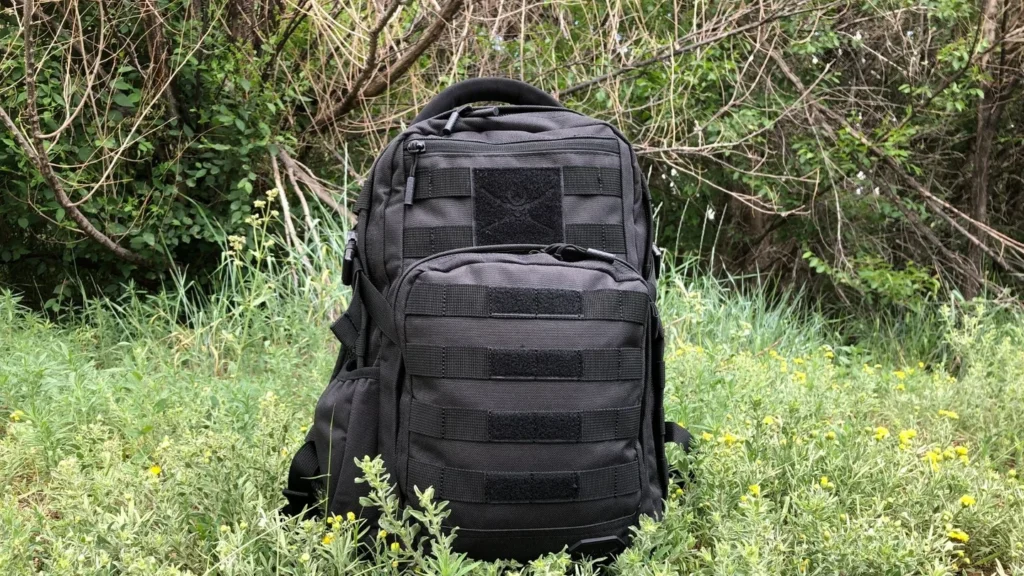
Source:facebook.com
After you’ve packed everything, do a final check. Go through your checklist one more time to ensure you haven’t forgotten anything. Test the zippers and straps to make sure everything is secure. Lift the pack to gauge its weight and make any necessary adjustments. Remember, an efficiently packed tactical backpack is not just about fitting everything in, but also about making sure you can access what you need, when you need it, as quickly as possible.







